Trap to Table
Lobster Harvesting
on the Brink of a Climate Crisis
By Brennan Kauffman
December 10, 2021
The lobstering industry is threatened by the effects of climate change, according to both lobster harvesters and climate experts. Lobsters are very sensitive to a shift in water temperature: if it becomes too warm, they will either develop shell disease, or move further north into colder waters. According to a study from Princeton University, lobsters are migrating north at a rate of 43 miles per decade. This shift threatens the future of the Maine lobster industry and future lobster harvesters like nine-year-old Kyle Dolliver (shown above with his father Rick Dolliver).
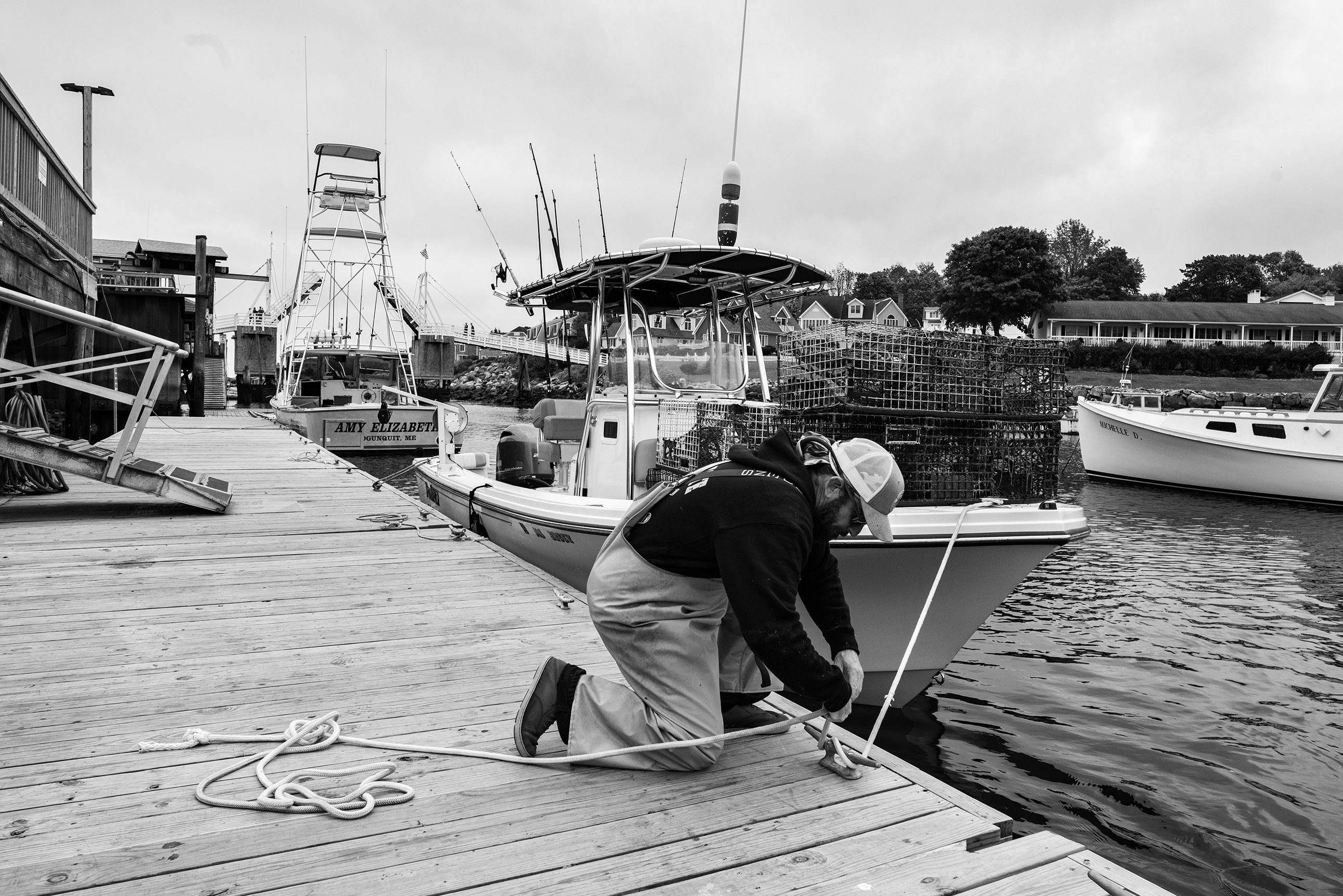
Rick starts his week placing traps around Ogunquit, Maine. It usually takes at least a few days to capture lobster, though he prefers to wait four to five days to get larger pulls. A typical day at sea starts at 8 a.m. with Rick and Kyle pulling out of Perkins Cove. They pull ten lobsters per trap on a good day, though this varies week to week. It usually takes a couple hours from when Rick and Kyle leave the Cove, to when they return to clean their boat from seawater and seaweed. When Rick isn't at sea catching lobster, he is back at his restaurant "That Place in Ogunquit," running the bar.

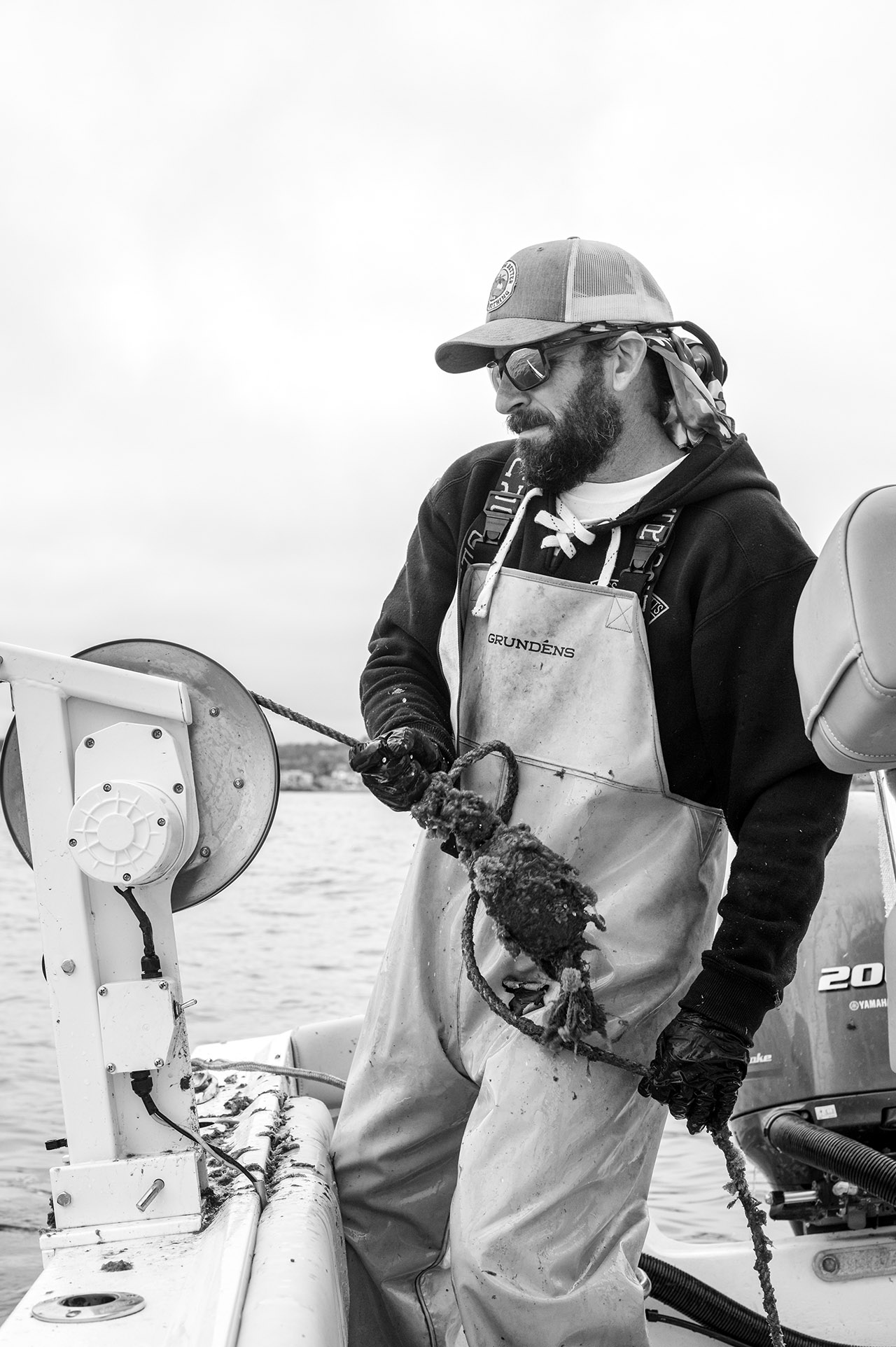
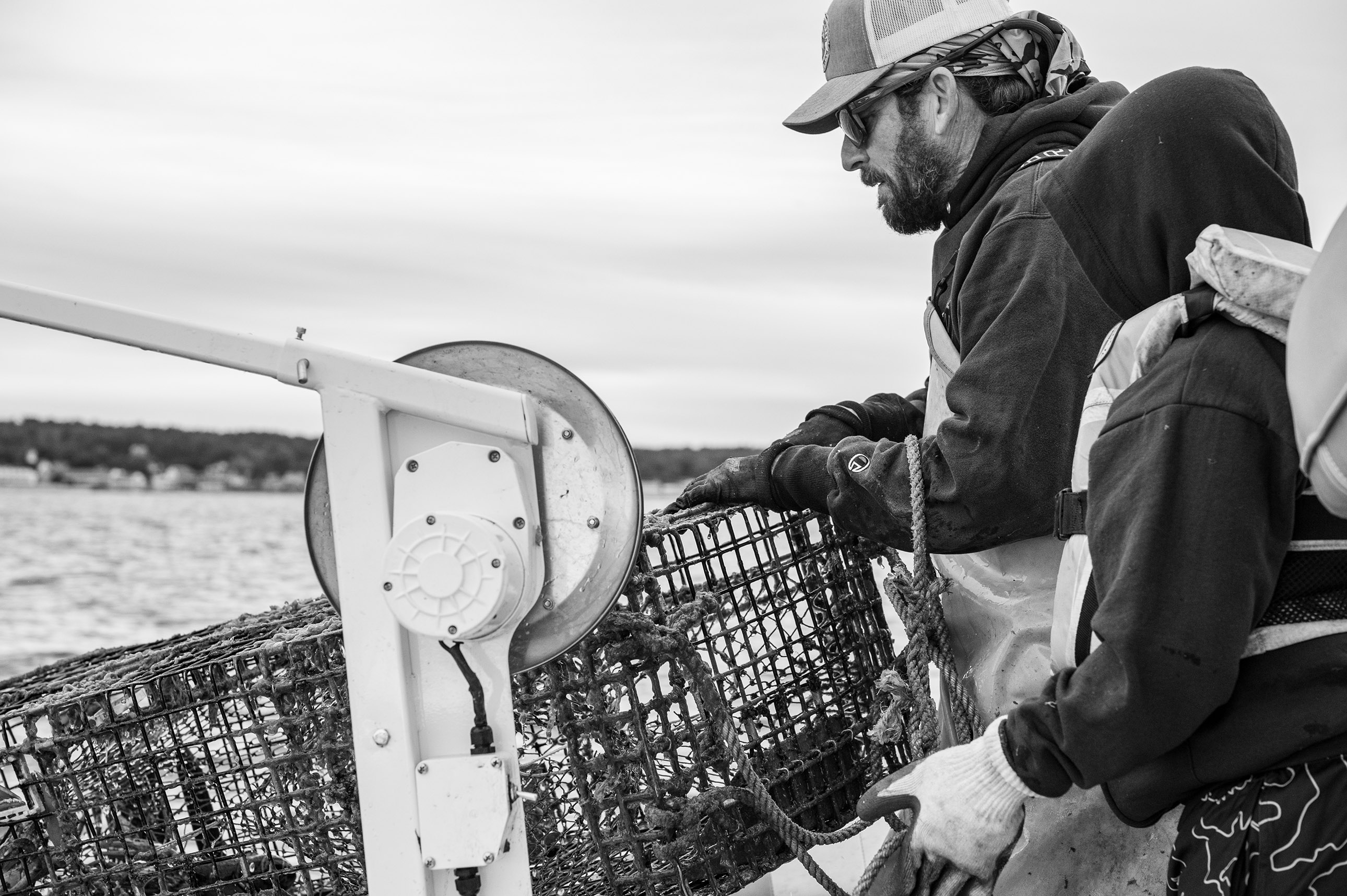
Rick Dolliver
"I want my son to experience all aspects of life"
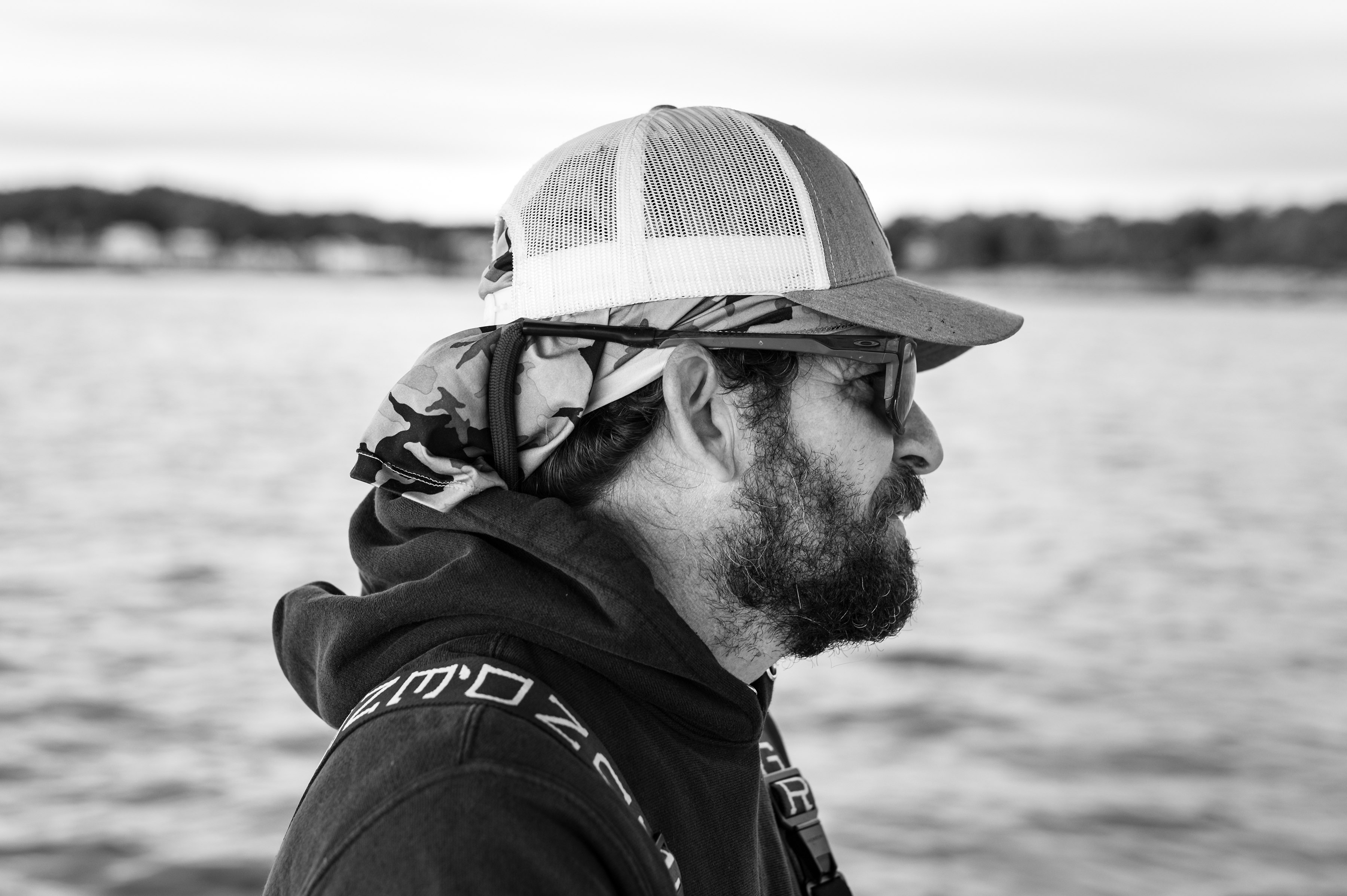
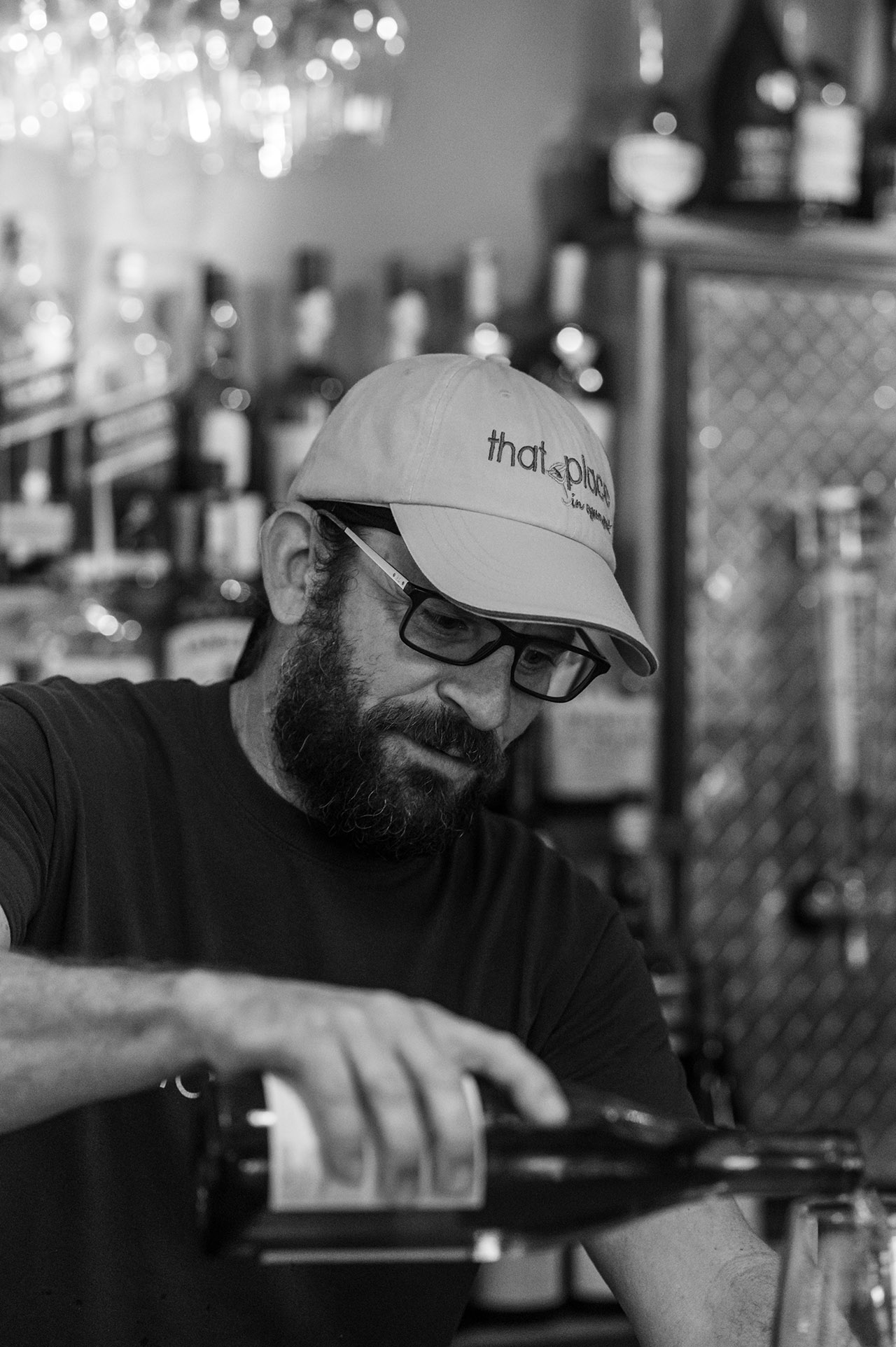
Rick Dolliver is a part-time lobster harvester and the owner of That Place in Ogunquit, in Ogunquit, Maine which serves seafood, including his catch. Rick isn't a typical lobster harvester. He holds a personal license, which means he can't sell the lobster commercially. Still, lobsters are as central to his life as they are to the state so famously associated with them. He hopes to pass that on to Kyle. Rick has been training Kyle to lobster for two years, and the boy hopes to obtain a commercial lobster license when he turns 18. Kyle currently has an apprenticeship license through the state of Maine, which allows him to have ten traps out at a time. Within two years he'll be able to put out up to 50 traps.
Kyle Dolliver
"It's really fun, especally when you can keep them"
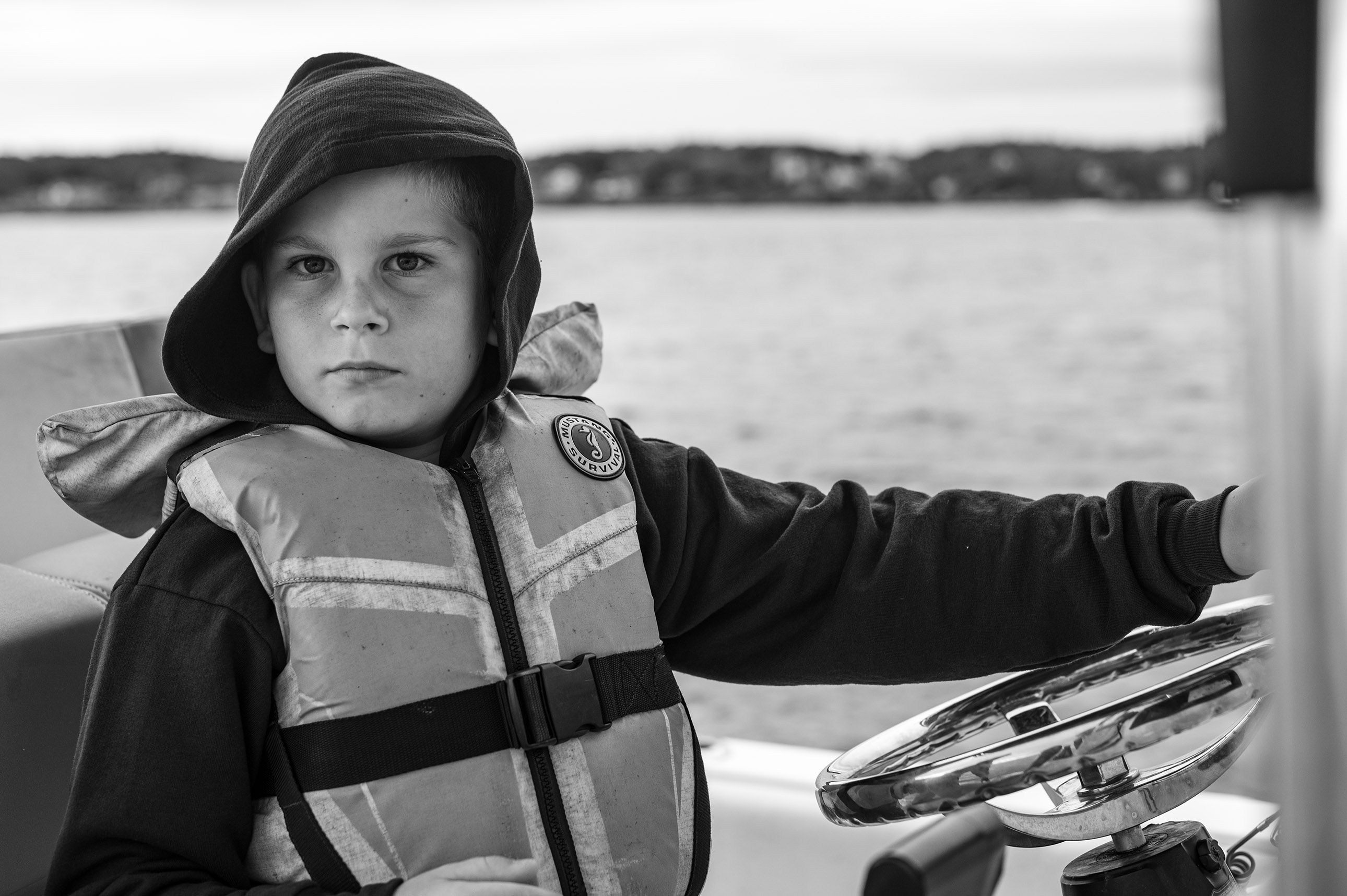
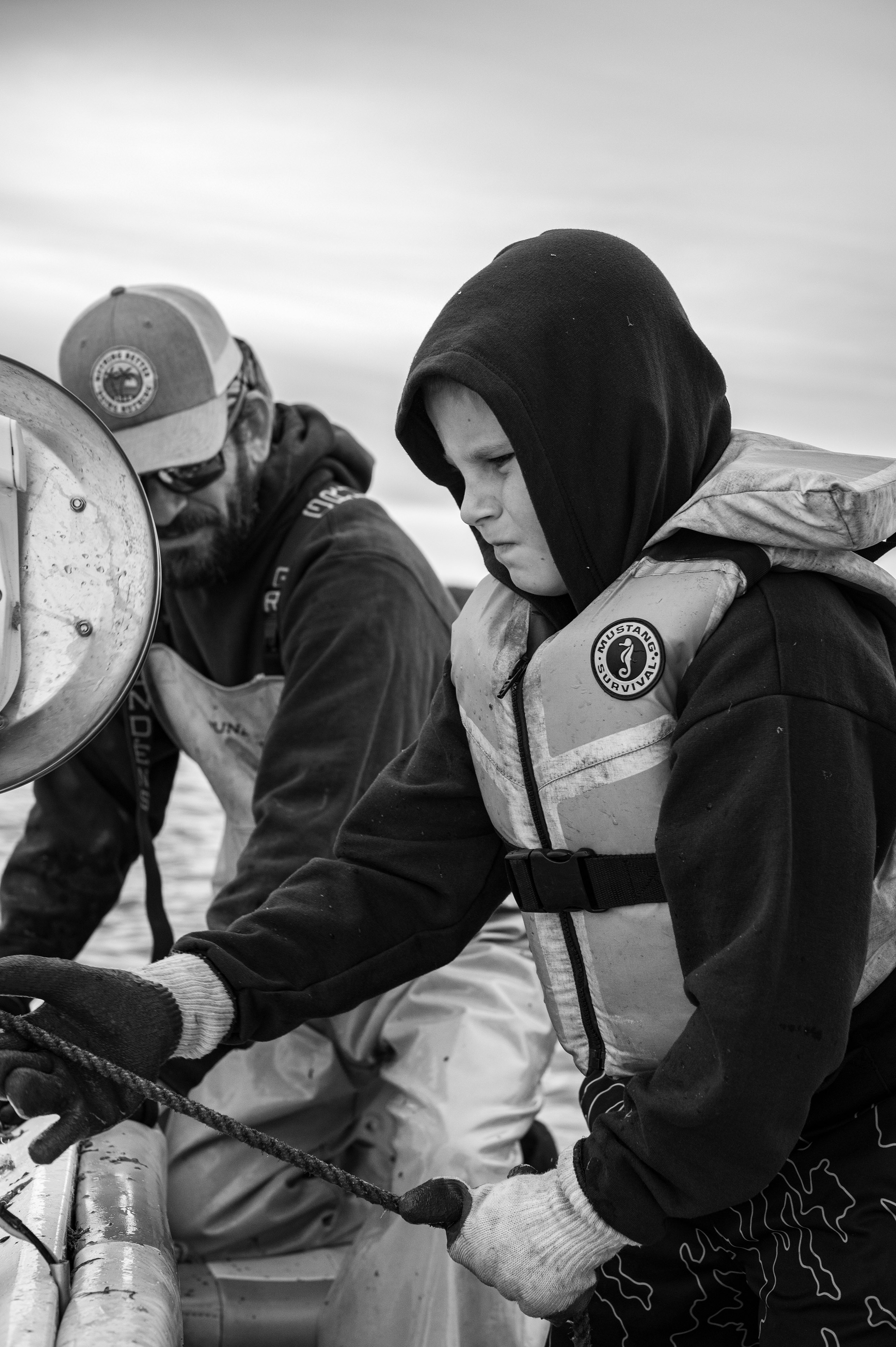
When Kyle is not spending time with his friends or in school, he is learning the finer points of running a business and being a lobster harvester. Rick has taught him everything from tieing claws up on a lobster, to putting bait into traps and catching fresh bait, to steering the lobster boat though the cove. Kyle has his own traps and buoys that he places out around Ogunquit.
Threats to the Future of Lobstering
Lobstering and the Law
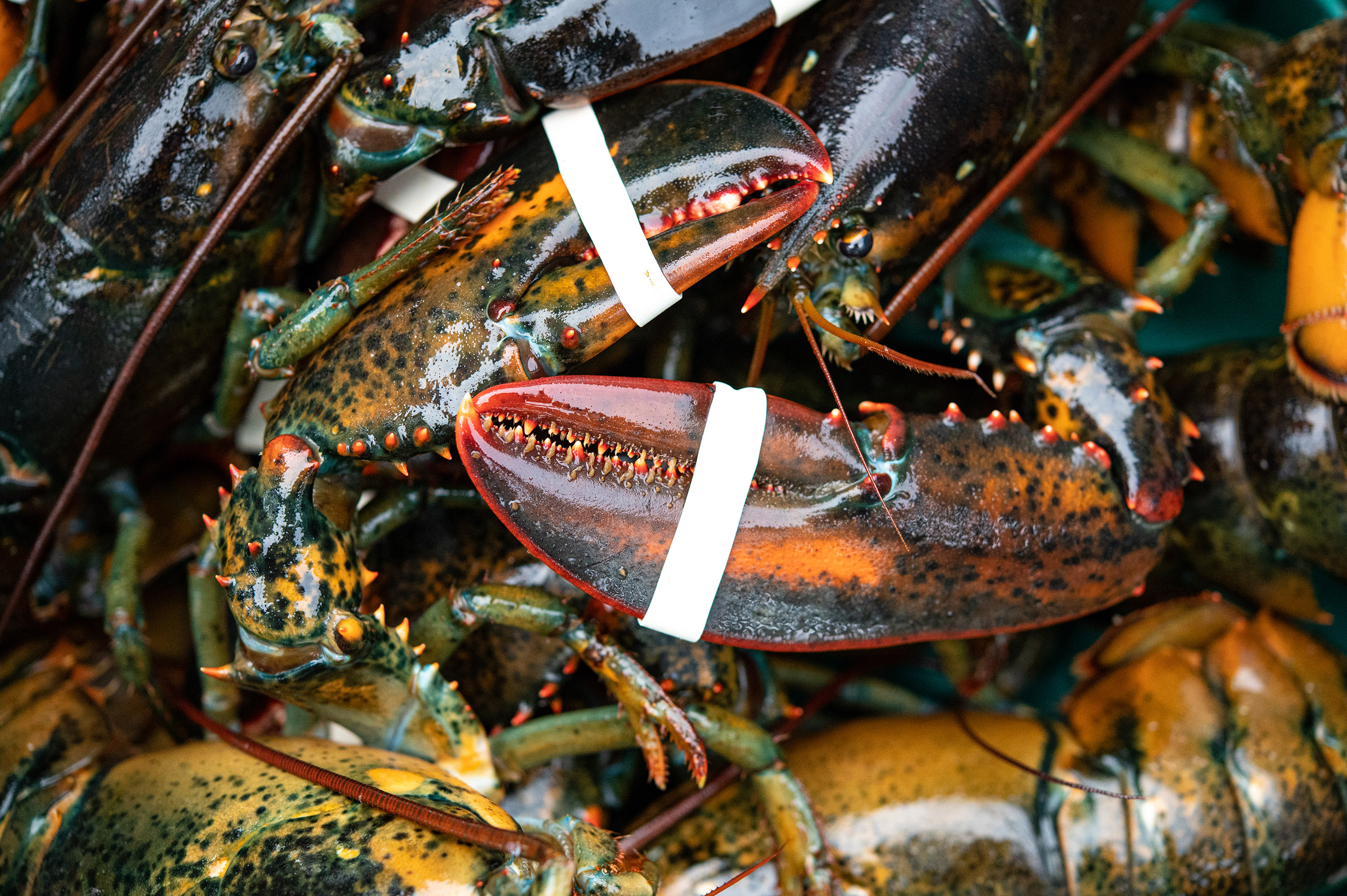
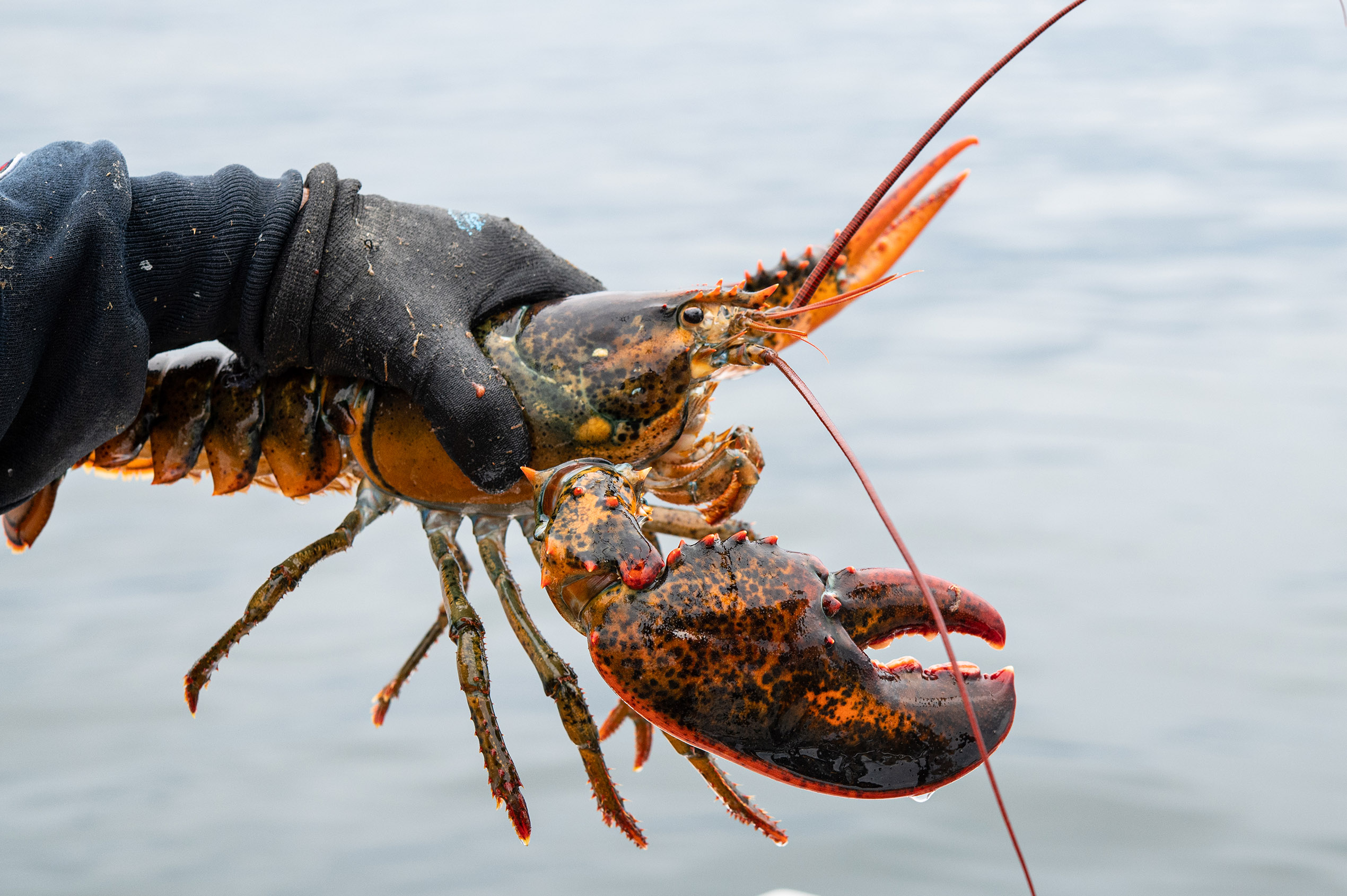
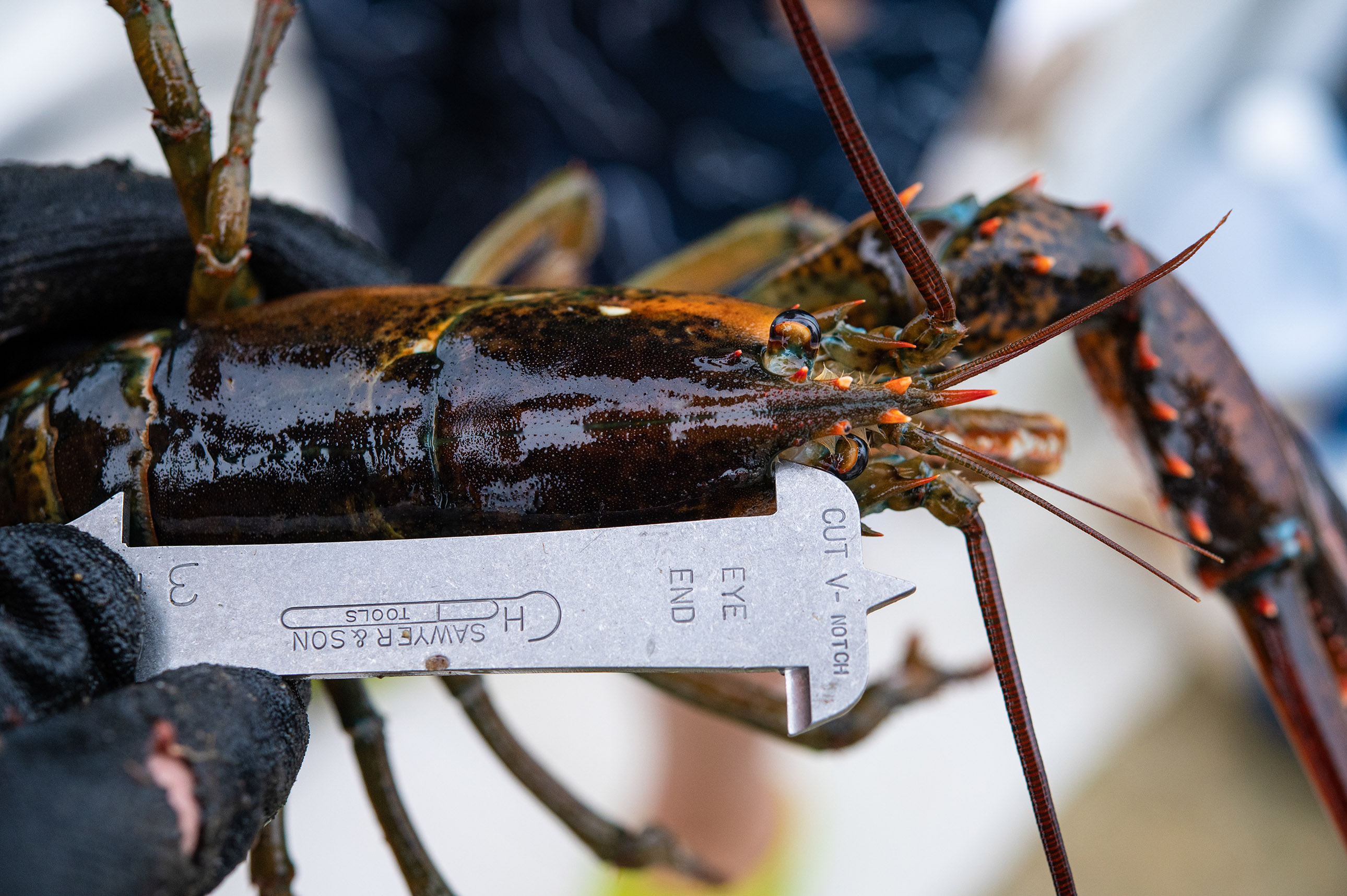
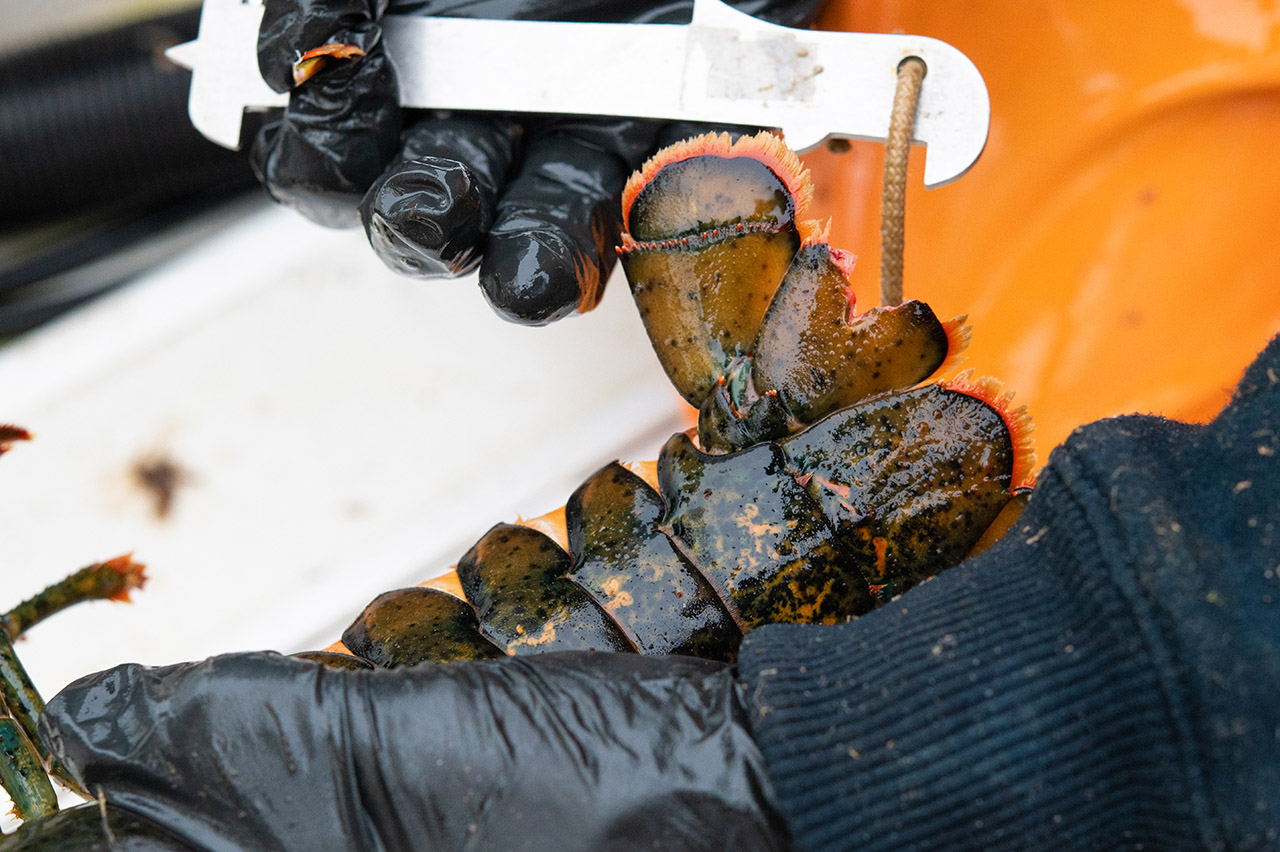
The law prohibits catching and keeping female lobsters that are considered breeders. This helps sustain the lobster industry . If a lobster harvester sees a female lobster with eggs, they are required to check if it's been previously marked with a notch in the tail. If it hasn't, they cut a V-shaped notch to signal that it cannot be caught by other lobster harvesters.
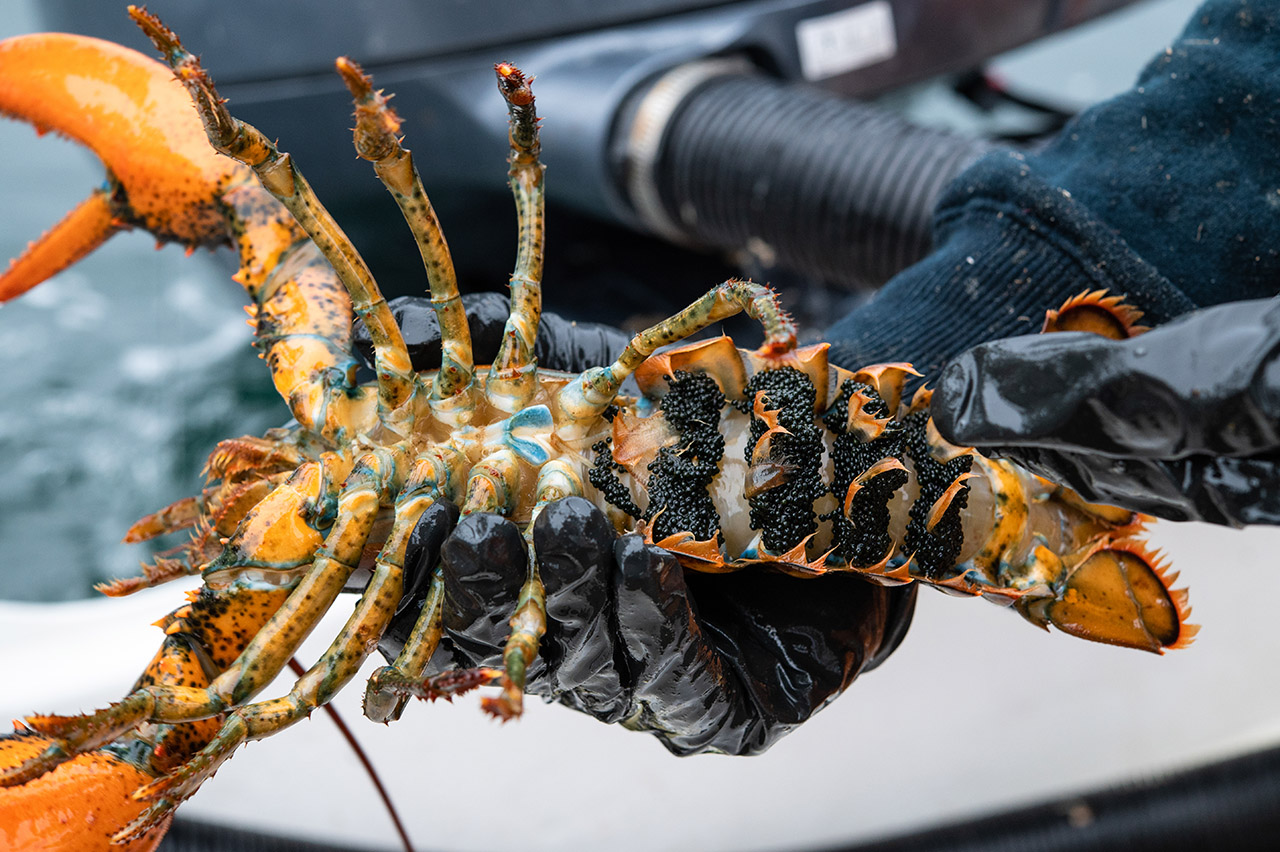
Female lobsters have eggs attached externally to their body. A one-pound lobster can carry up to 8,000 eggs while a nine-pounder can carry up to 100,000, according to the National Oceanographic and Atmospheric Administration(NOAA).
Threats to the Future of Lobstering
How Climate affects Lobster
As our climate quickly shifts warmer, the Maine lobster industry is struggling to adapt. As lobsters shift to cooler areas, fishing boats have to go further out into rougher water. According to the Gulf of Maine Research Institute, the temperature of the gulf was warming at an average rate of 0.55 degrees Celsius per decade, until about 10 years ago. Since then, the warming has increased to a rate of 0.64 degress per decade. The data shown above includes ocean surface temperature anomalies over the past 99 years, with an increase starting in 1977. A subtle shift in temperature can impact lobster causing shell disease to occur more commonly. According to the NOAA, this very subtle increase in temperature can cause mass die-offs with lobster being pushed out of their habitat. Rick Dolliver has seen the shift.
"The temperature of the Gulf of Maine has increased," he says. "It has affected the migration and the health of the lobster industry and the lobsters in Maine." Over the past several years, he and his son have caught many more lobsters with shell disease.
Back at the restutaunt
In the kitchen

Dinner prep at "That place in Ogunquit" Starts around 2:30 p.m. where the prep chefs are assembling food for a busy night at the restaurant. Each person in the kitchen has their own role to keep things running smooth.
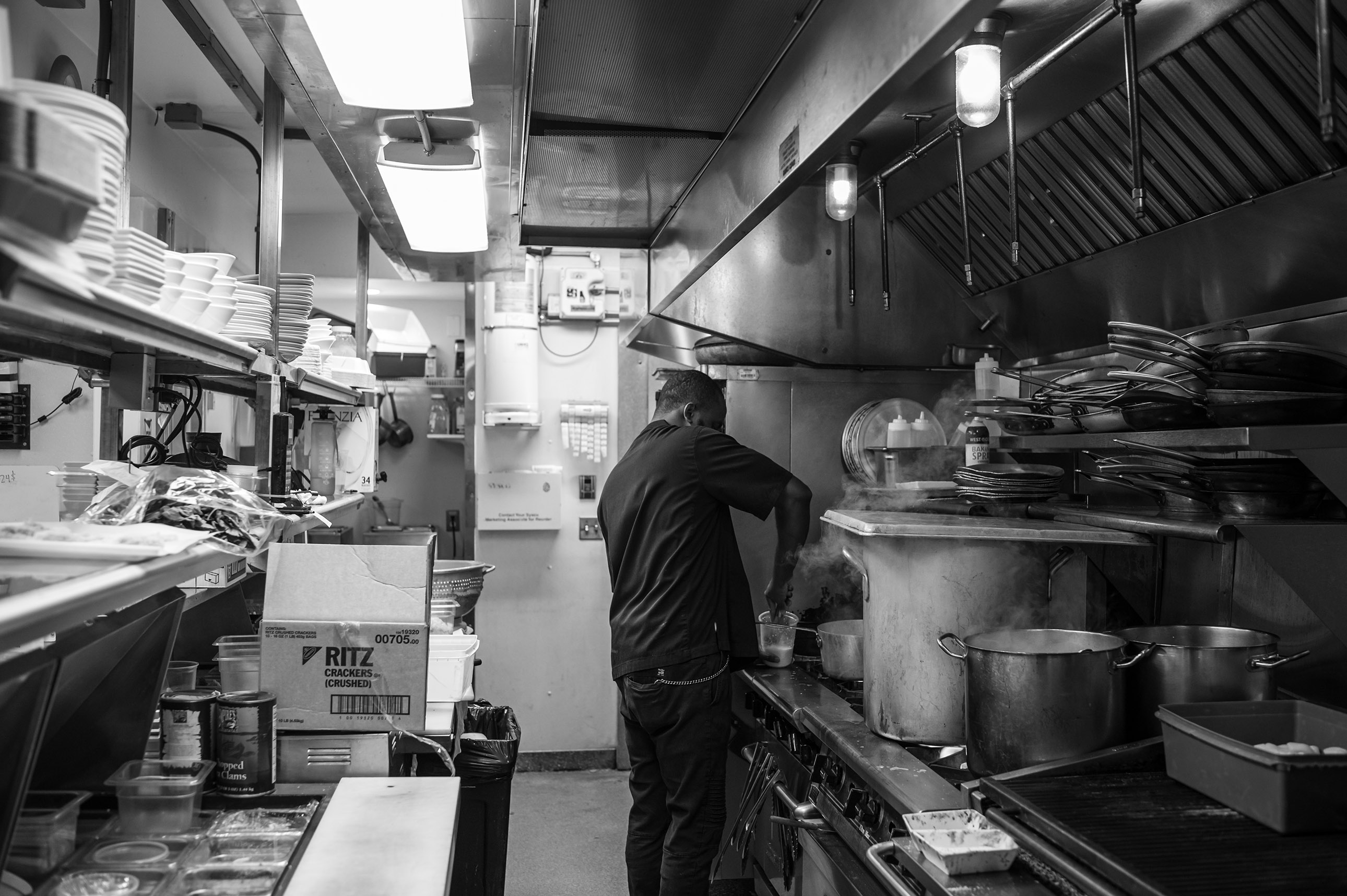
Through the double doors behind the bar is the large kitchen where lobsters are prepped fresh after being caught. Lobster prep chef Philani Buthelezi runs through his process in preparing a stuffed baked lobster which will be stored in the fridge until a customer orders it later that night.
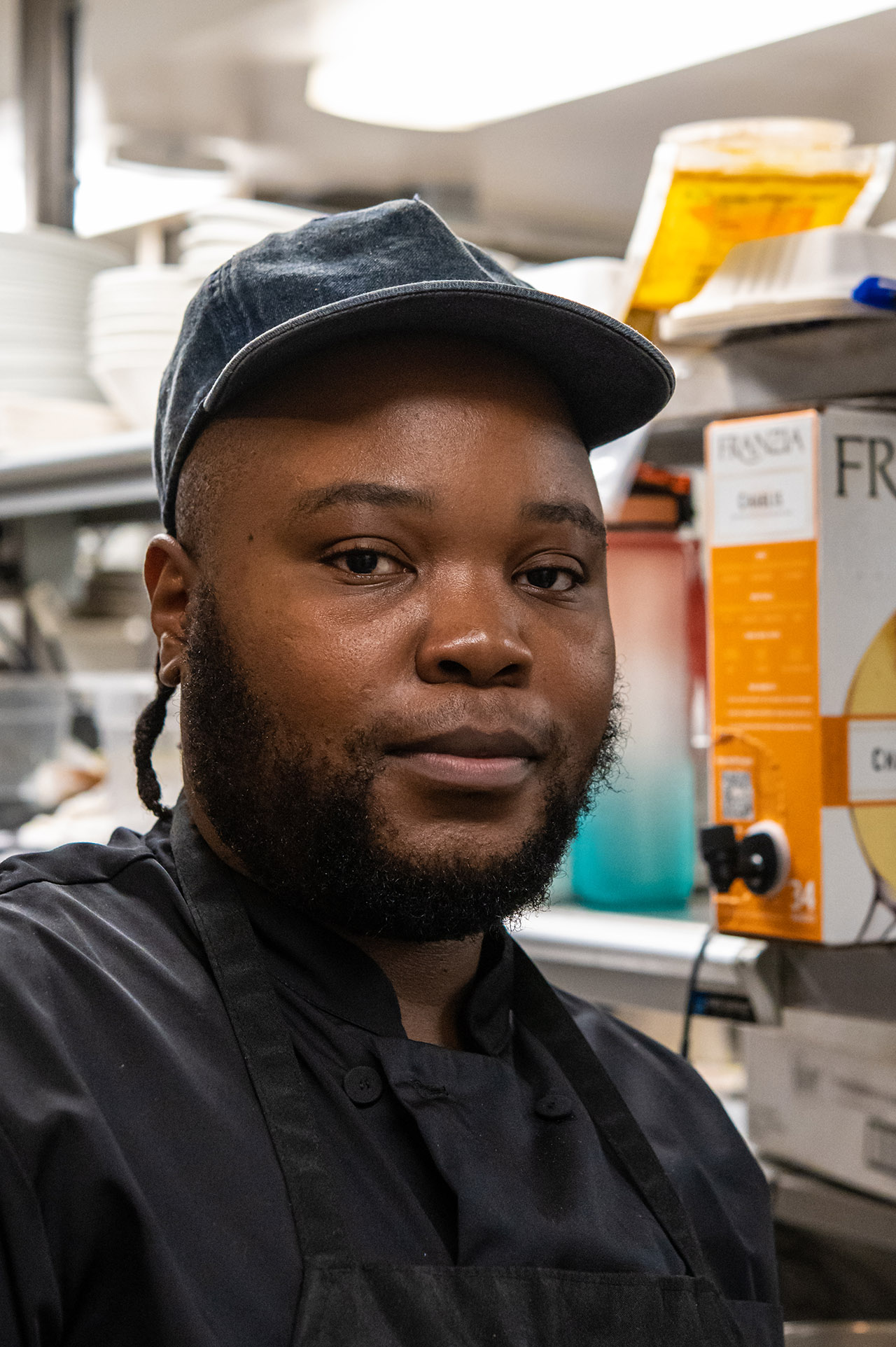
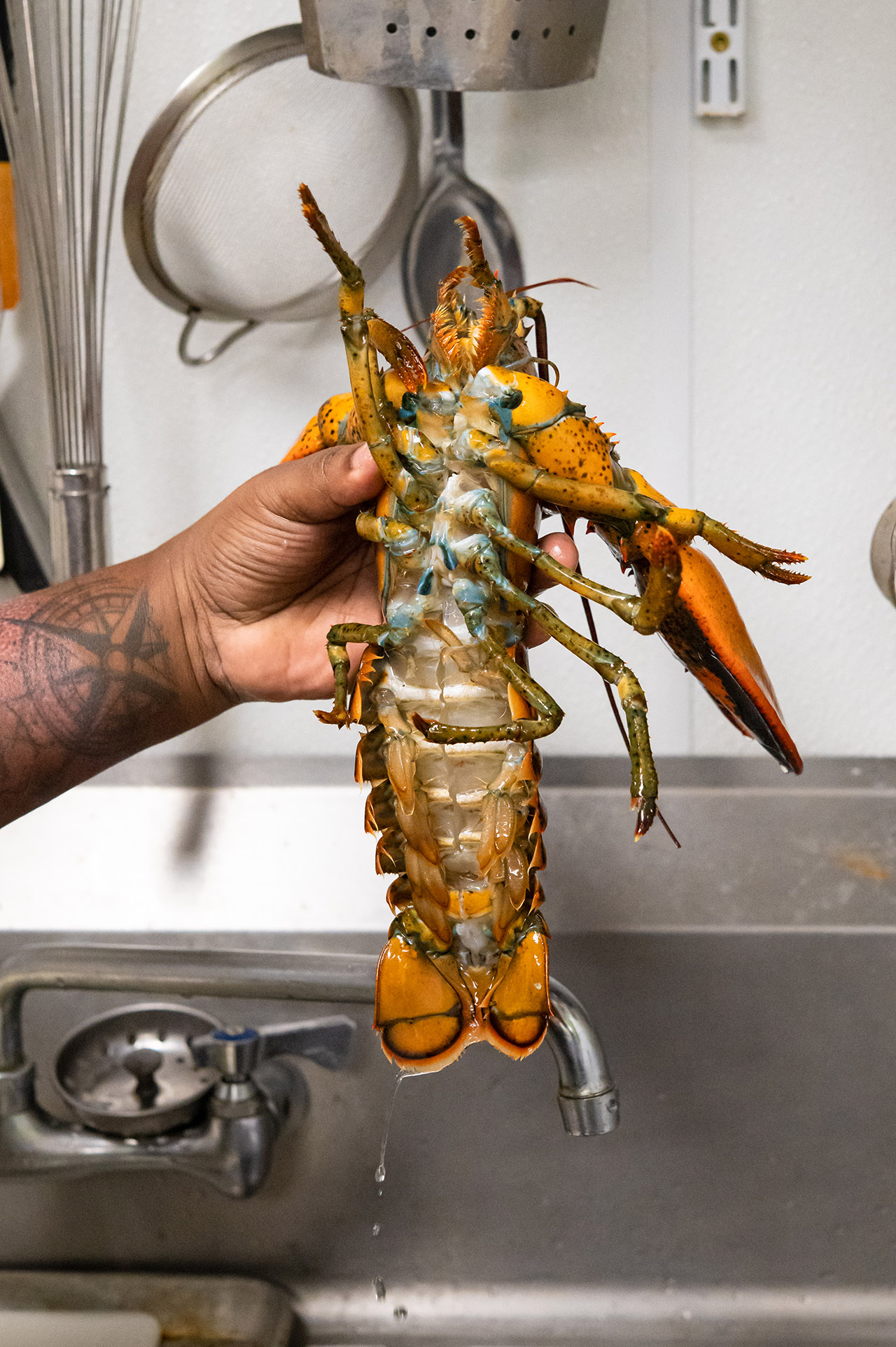
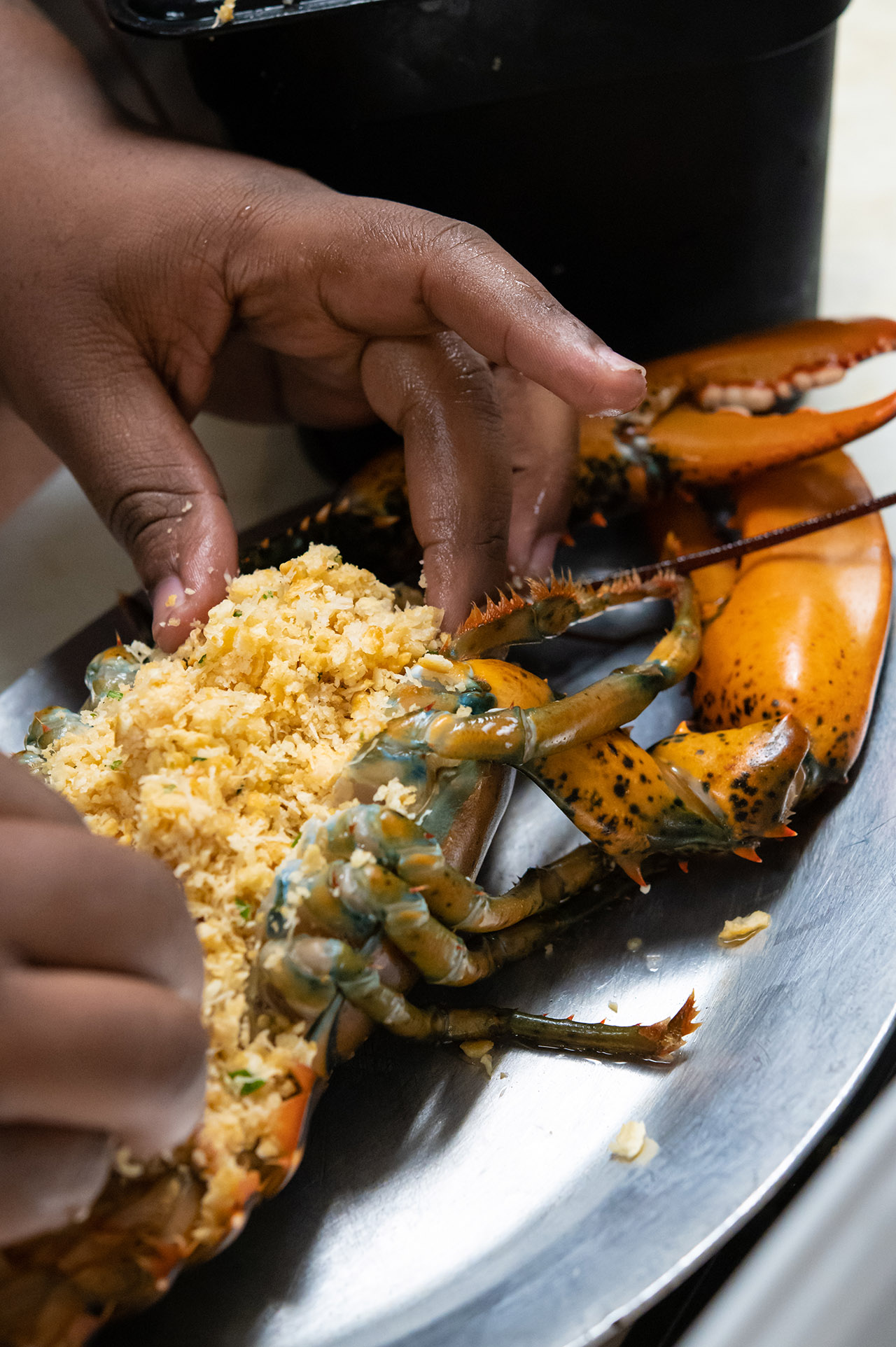
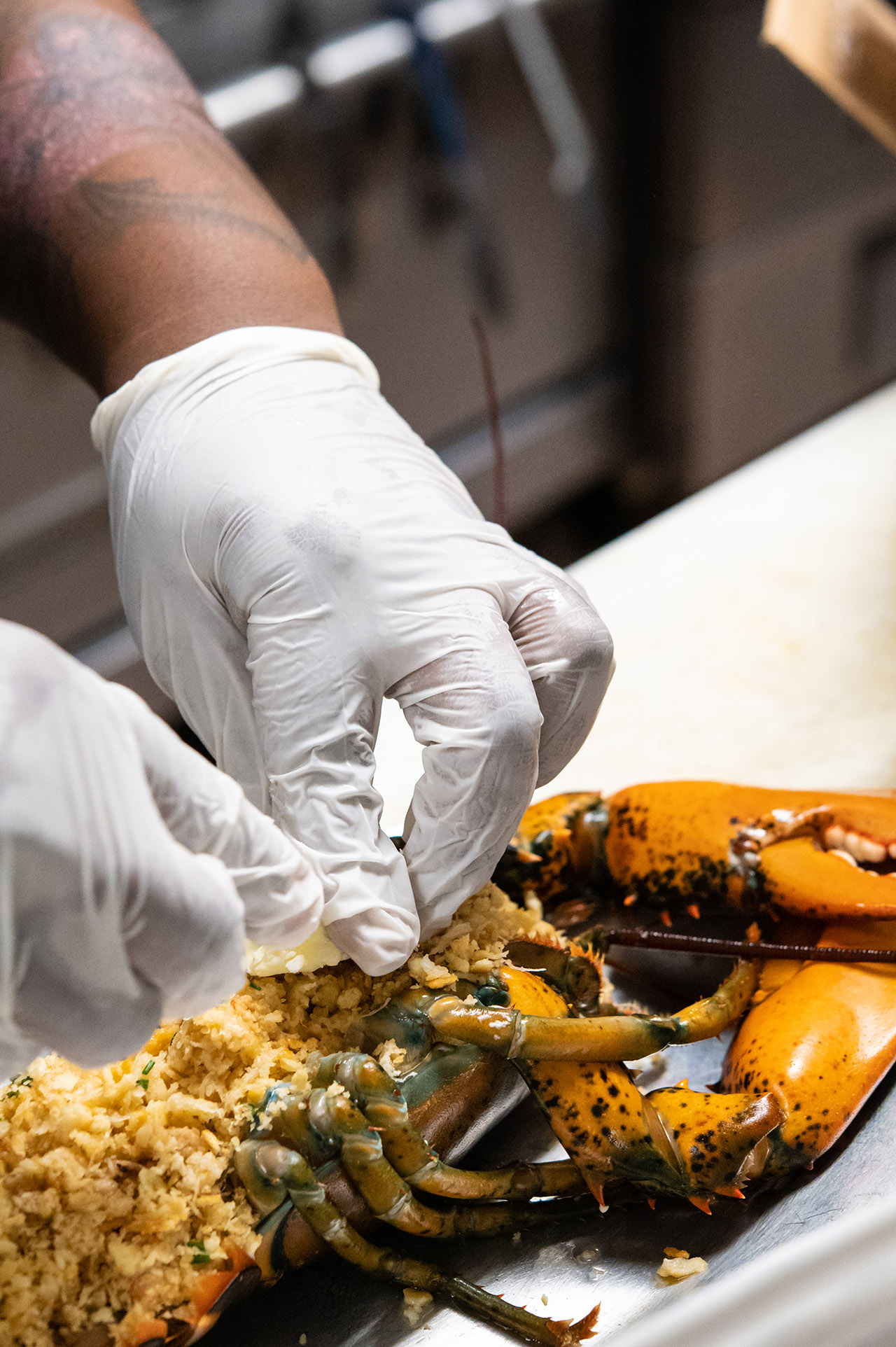
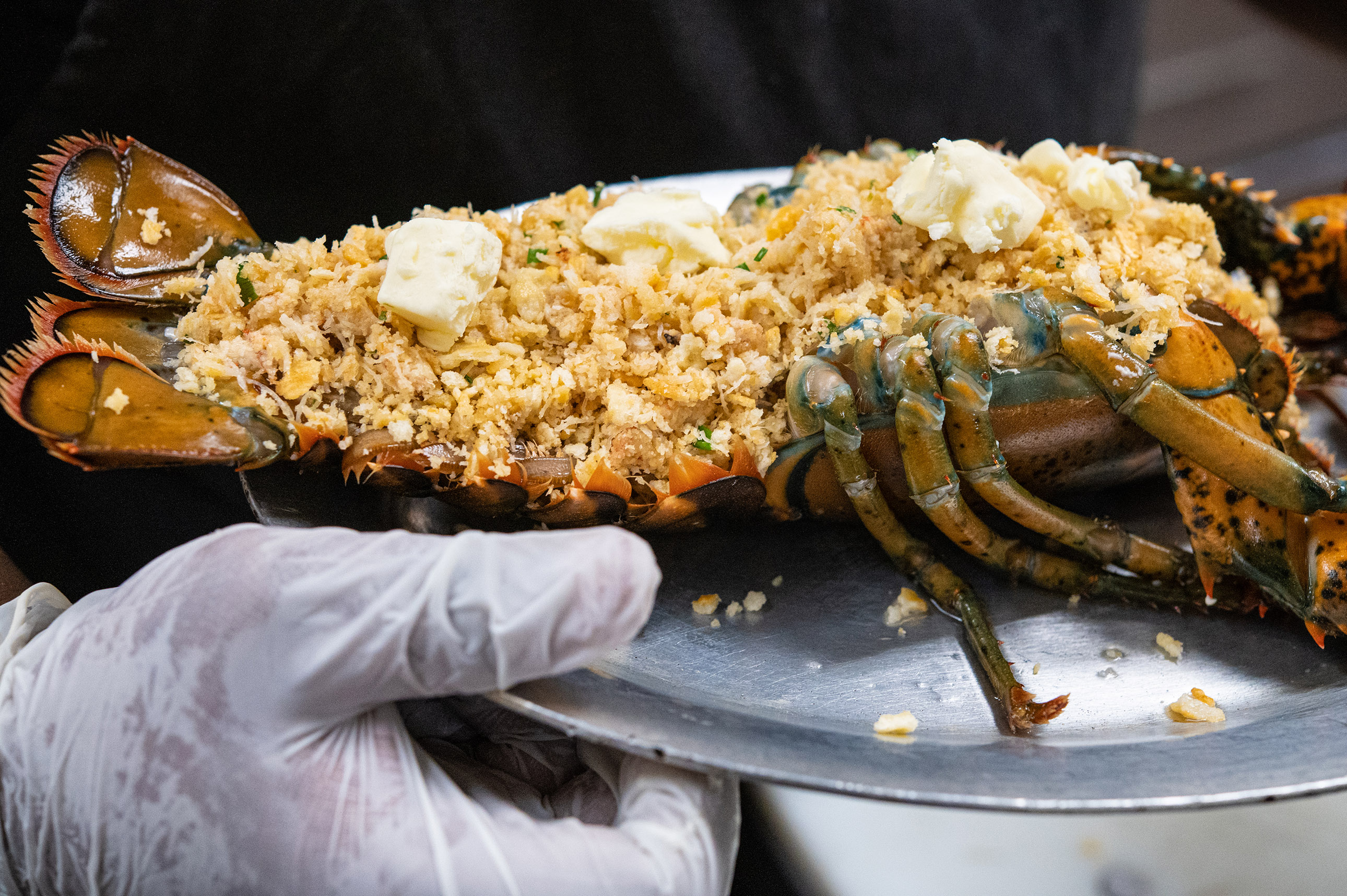
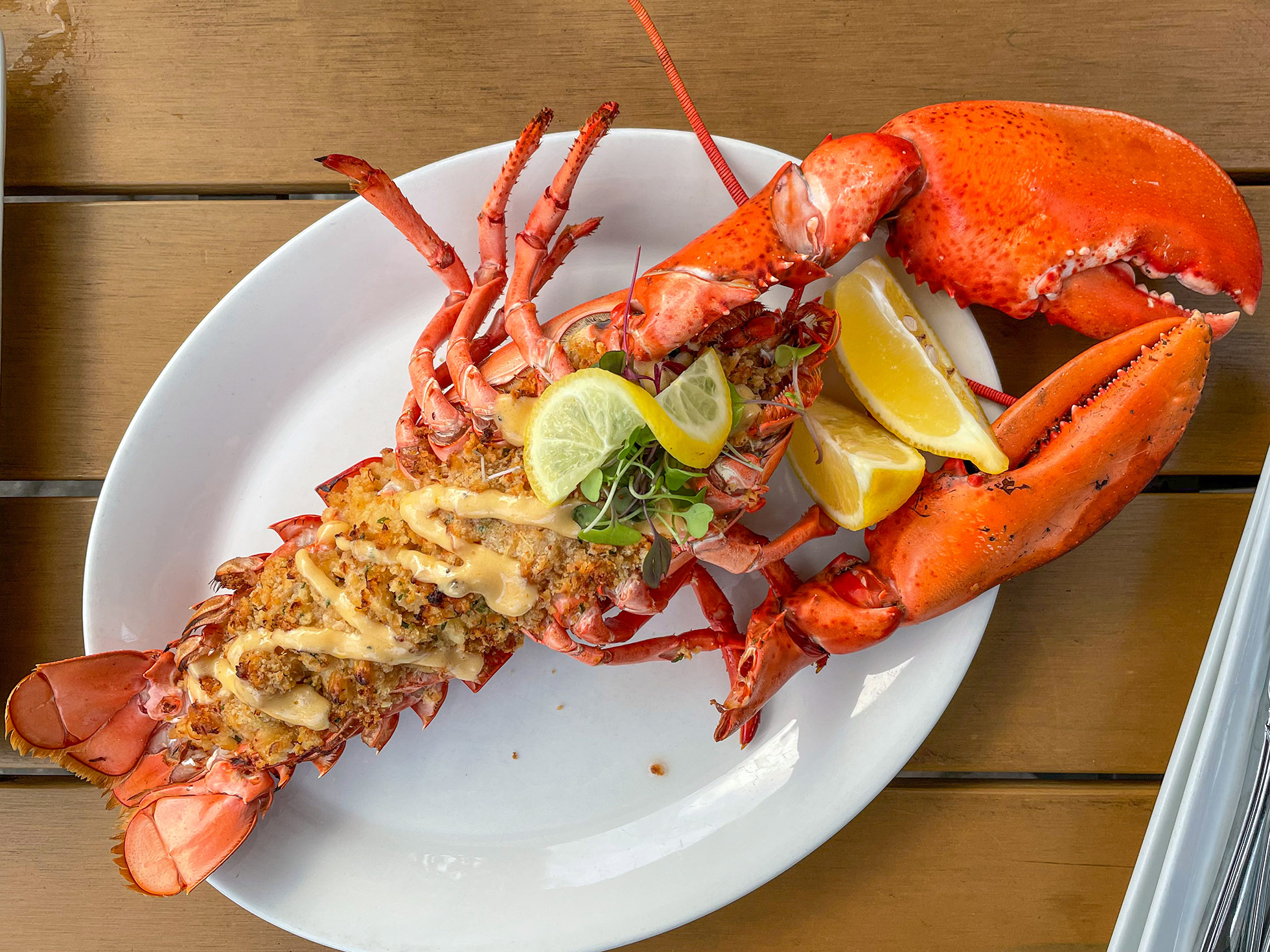
The lobstering industry as a whole is what Maine is famous for. What we do to combat climate change will determine where the industry stands for future generations.
